The P0017 error code means there might be an issue with your engine’s camshaft and crankshaft. These two vital components must be perfectly synchronized for your car’s engine to perform at the optimum level. If they are not in sync, your engine could malfunction and may trigger the P0017 code on an OBD-II scan tool.
What Does the P0017 Code Mean?
Diagnostic trouble code (DTC) P0017 stands for “Camshaft Position B – Camshaft Position Correlation (Bank 1).” Like P0016, this code indicates that your car’s powertrain control module (PCM) detects a misalignment between the crankshaft and camshaft positions. Bank 1 is the side of your engine that has the cylinder 1, while sensor B refers to the exhaust camshaft side.
Some car manufacturers have their own description of the P0017 code, such as GM (more specifically, Chevrolet).

P0017 on Chevy vehicles translates to Crankshaft Position – Exhaust Camshaft Position Not Plausible. Despite the varying names given by respective manufacturers, P0017 code simply means that the PCM believes the difference between the crankshaft position and the camshaft position exceeds specification. There are other codes GM uses with a similar meaning.
Here are all the codes in order:
- DTC P0016 Crankshaft Position – Intake Camshaft Position Not Plausible Bank 1
- DTC P0017 Crankshaft Position – Exhaust Camshaft Position Not Plausible Bank 1
- DTC P0018 Crankshaft Position – Intake Camshaft Position Not Plausible Bank 2
- DTC P0019 Crankshaft Position – Exhaust Camshaft Position Not Plausible Bank 2
P0017 is a common issue among the following makes: Chevrolet (especially a Chevy Colorado), GMC, Cadillac, Buick, and Mercedes Benz.
To search our database for other OBD2 codes, click here.
Camshaft vs. Crankshaft
An internal combustion engine (ICE) is basically a breathing machine that captures atmosphere, adds atomized fuel, compresses that mix above moving pistons, then creates a carefully timed ignition event in each cylinder right before the piston reaches the top of its travel. The resulting power turns the crank, which provides torque through the transmission and final drive gears to the wheels. The combustion event in each cylinder only happens once per crankshaft cycle (2 full turns – 720 degrees).
An internal combustion engine (ICE) is basically a breathing machine that captures atmosphere, adds atomized fuel, compresses that mix above moving pistons, then creates a carefully timed ignition event in each cylinder right before the piston reaches the top of its travel. The resulting power turns the crank, which provides torque through the transmission and final drive gears to the wheels. The combustion event in each cylinder only happens once per crankshaft cycle (2 full turns – 720 degrees).
–Richard McCuistian, ASE Certified Master Automobile Technician
This breathing machine will only work right if everything happens at exactly the right time every time on every cylinder. The camshaft turns at half the speed of the crankshaft and opens the valves in the top of the combustion chamber above the pistons; its carefully ground, egg-shaped “cam lobes” are positioned on the camshaft so that they open the valves as the shaft is driven, and it is critical that each valve opens and closes exactly when it is supposed to.
The only way this can work mechanically is for the piston-driven crankshaft that provides the torque to be mechanically joined to the camshaft that opens the valves. The crankshaft produces the power that turns the camshaft and also delivers torque to the transmission.
The crankshaft drives the camshaft by way of a chain, a toothed belt, or gears. In the days of carburetors and distributors, this was just as important as it is on today’s fuel injected, coil-on-plug engines. But, today engines are equipped with speed and position sensors on each spinning shaft, and the ECM/PCM needs the information provided by those sensors to properly time fuel injection and ignition events.
The issue with timing belts and timing chains is that as they wear out and get loose or jump teeth, the crankshaft and camshaft can wind up incorrectly timed so that the valves aren’t opening the way they should to enable the engine to properly capture atmosphere. Combustion events can even happen at the wrong time, which is usually noticeable as a low-power symptom. There can also be strange noises, backfires, etc.
The ECM/PCM detects any out-of-time situation regarding the crankshaft and camshaft (greater than 9 degrees on a GM) and sets the P00xx codes listed above.

What are the Possible Causes of the P0017 Code?
These are some of the possible issues that can cause a code P0017:
- Damaged or stretched timing chain or timing belt
- Faulty camshaft or crankshaft reluctor wheel
- Bad crank sensor
- Bad cam sensor
- Loose wiring or connections
- Damaged timing chain/belt tensioners or guides
- Defective variable valve timing (VVT) actuator (a.k.a. phaser)
- Faulty variable valve timing (VVT) solenoid (a.k.a. oil control valve)
- Faulty PCM (check for any update)
- Low oil level
What are the Common Symptoms of the P0017 Code?
As with other trouble codes involving the engine, the Check Engine Light will switch on to warn you about the problem.
Other telltale signs of an error code P0017 include:
- Engine cranks up but doesn’t start
- Rough startups even though it runs after a few attempts
- Engine runs poorly despite starting up
- Rattling sounds from the engine
How to Diagnose the P0017 Code
P0017 must not be ignored. You’ll have to look at all possible causes to diagnose the problem properly. Have a professional mechanic check your vehicle if you don’t have the required DIY auto repair experience and skills. However, if you still want to take a stab at the diagnosis process, the videos below can help you do it correctly.
How to Fix the P0017 Code
There isn’t a single guaranteed fix for code P0017. As previously mentioned, there are many possible reasons why the code might be set. That’s why you’ll need to do some diagnostic work to figure out a fix for the concern.
Should you decide to try to address the code yourself, it’s a good idea to have the factory repair information on hand. Repair databases, such as ALLDATA, provide repair and diagnostic procedures direct from the vehicle manufacturer.
Consider purchasing a single-vehicle subscription to ALLDATA DIY if you’re serious about fixing your car yourself.
Finding a New Camshaft and Crankshaft to Fix the P0017 Code
The camshaft and crankshaft are critical parts of your vehicle’s engine that must work together to deliver the best performance. If something goes wrong with one or both parts, they can trigger trouble codes like the P0017 code. Fortunately, it’s easy to order replacement camshafts and crankshafts from CarParts.com.
At CarParts.com, we make it easy to find a new camshaft or crankshaft that perfectly fits your vehicle. We source our products from trusted names in the industry, so you’re assured of getting long-lasting parts that deliver great performance.Our convenient and secure checkout process ensures a safe and pleasant online shopping experience, while our fast shipping ensures you won’t wait for long for your order to arrive at your doorstep.
So what are you waiting for? Take a look at our extensive array of camshafts and crankshafts, and get your vehicle back on the road in no time.
Products Mentioned in this Guide
Shop this Project






Any information provided on this Website is for informational purposes only and is not intended to replace consultation with a professional mechanic. The accuracy and timeliness of the information may change from the time of publication.



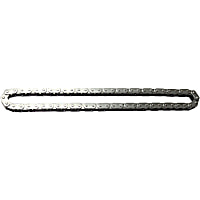 Timing Chain
Timing Chain
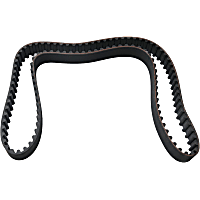 Timing Belt
Timing Belt
 Camshaft
Camshaft
 Carburetor
Carburetor
 Variable Timing Solenoid
Variable Timing Solenoid
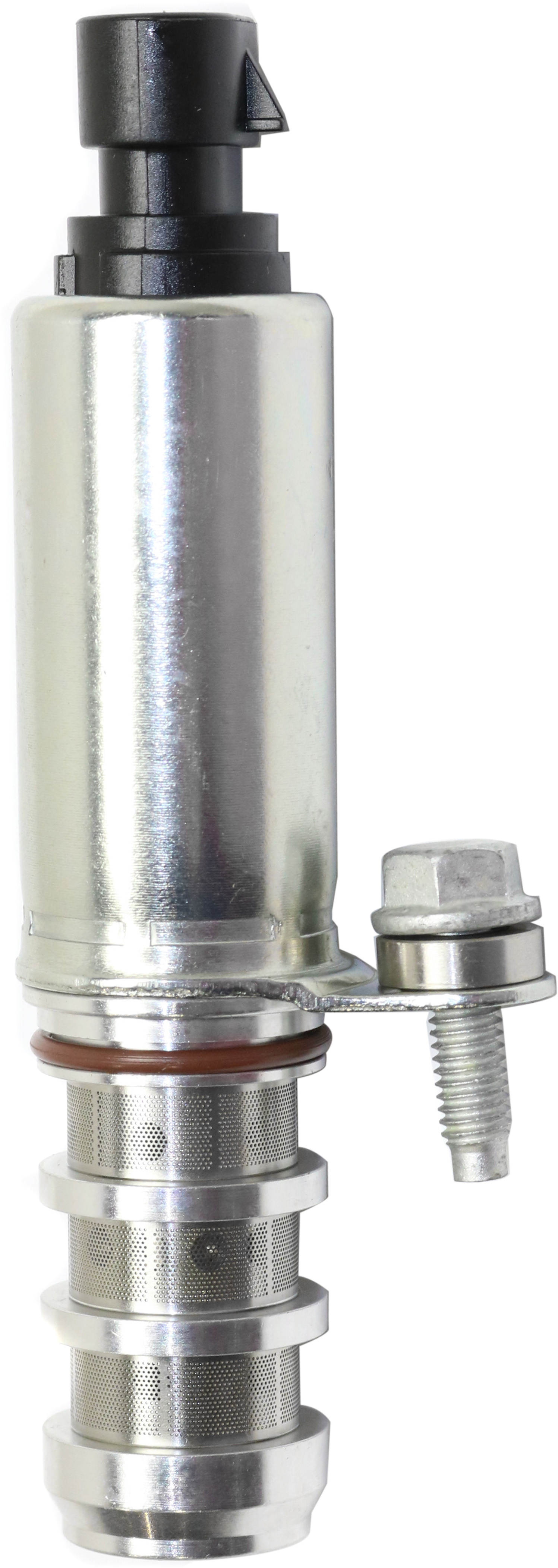

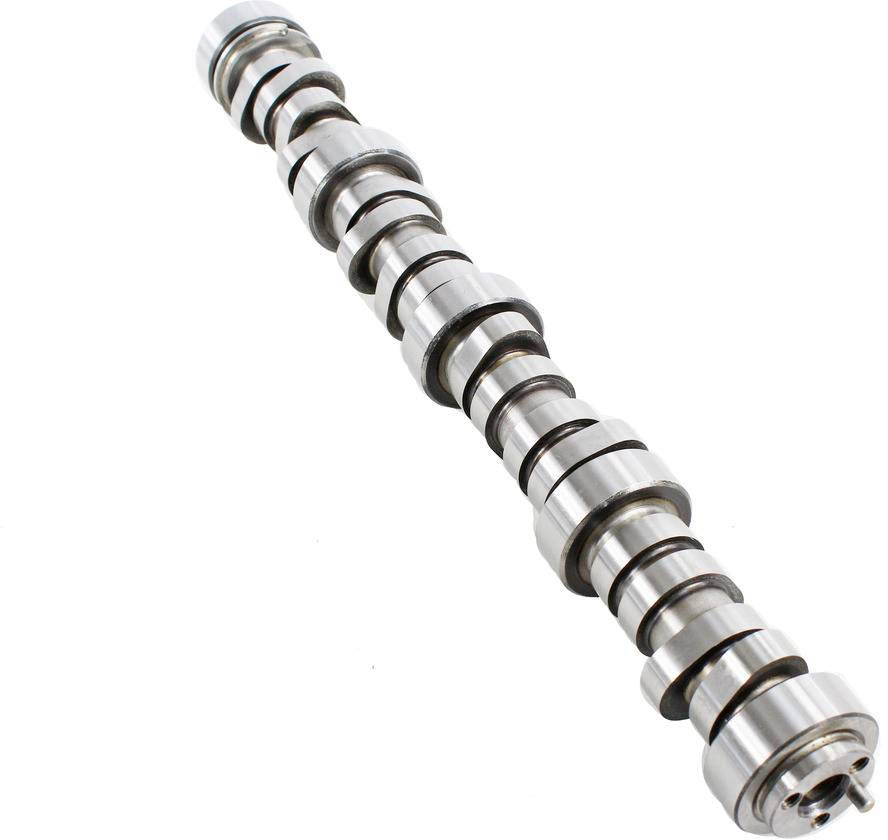

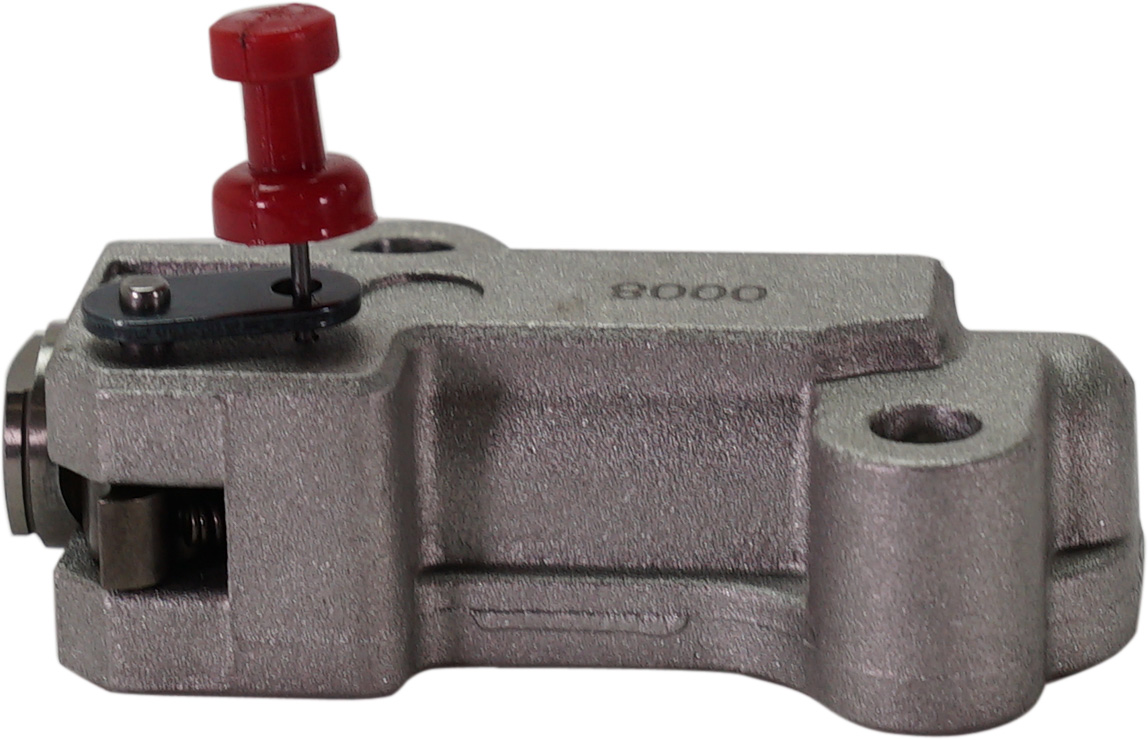


















This is a great organized information about P0017 that I ever read. Many thanks
Hello,
Thank you for the positive feedback! We’re glad you found this article to be helpful.
I agree! “This is the best explanation” I’ve came across!
Thank you, Fernando! We’re glad you found this article to be helpful.
Can you tell me how to relearn a camshaft sensor on a 2009 cadillac CTS, is it the easiest way to leave the battery unattached for 10 minutes then reattach and drive the car? i cannot find anything with this exact info?
Hello,
A relearn procedure should not be necessary after replacing the camshaft sensors on your car. What codes are stored in your vehicle and what other problems is it having?
Got a 07 V6 STS, a couple of weeks ago got a code p0017, then 0016 and 0018, wasn’t driving it much and last week parked it and a couple of hours later didn’t start. Had to get it towed , the mechanic said he thinks my timing chain broke cause one bank isn’t working, he said he took the intake manifold off to test the compression on the car. And that he thinks one side is damaged and would be cheaper if I replace the engine , will charge me 4,200 for the fix. Do you think his diagnosis is accurate?
What is the easiest fix for a p0017 code